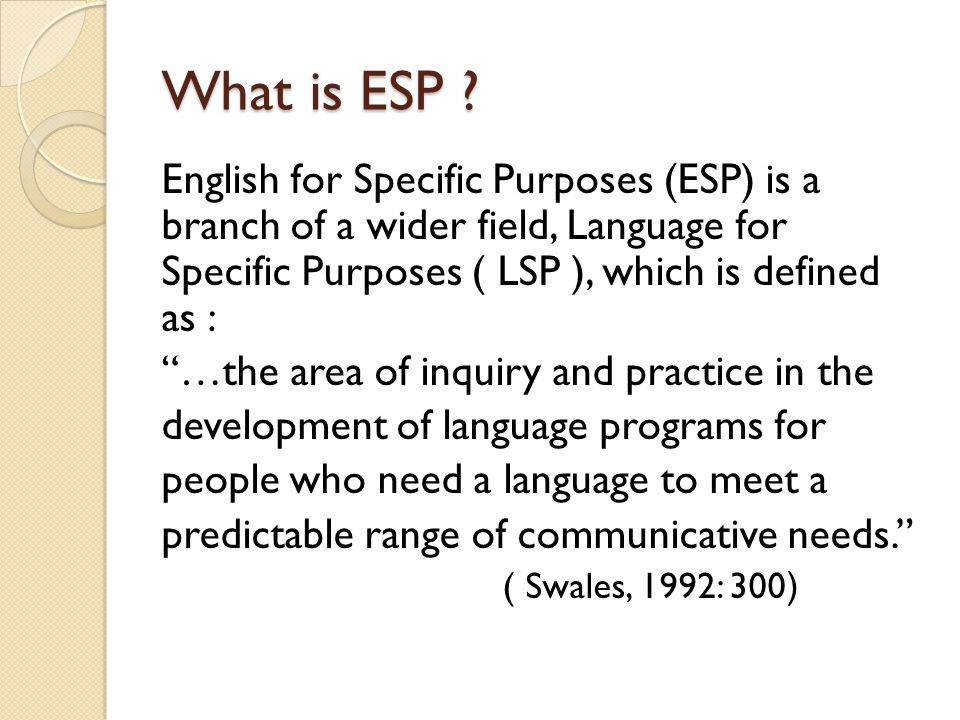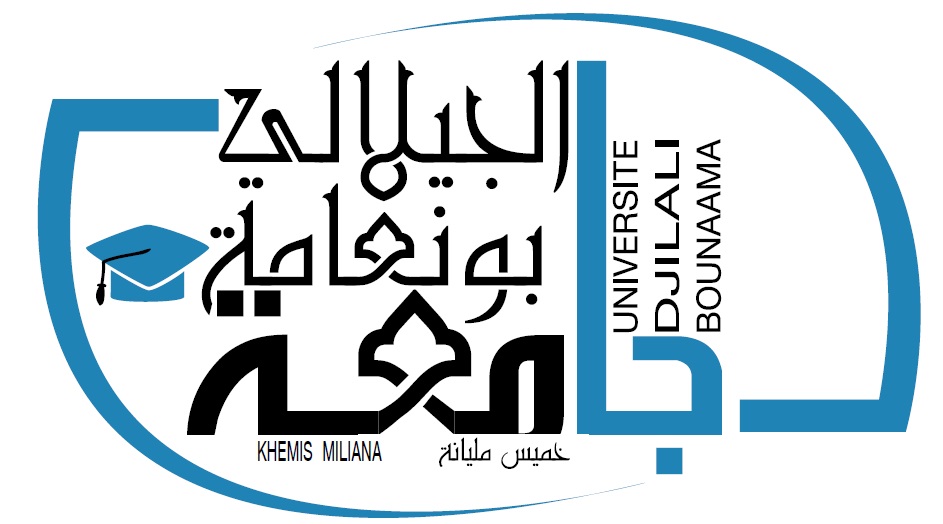English for Specefic Purposes
Résumé de section
-
-

This space is for students to exchange information
-

This space is for audiovisual communication between the professors and the students
-

This ENGLISH FOR SPECiFIC PURPOSES course is designed for students of the Faculty of Arts and Languages; 3rd year . It seeks to achieve educational goals through content that we will review later. It is a set of lessons directed to third-year common core, prepared in accordance with the ministerial program.
This cours is divided into five axis, where each axis contains simplified lessons so that the student can understand them with ease.
-
Syllabus Teaching Material Handbook
Course name : ESP
ENGLISH DEPARTEMENT
Branch/ Departement
LANGUAGES FACULTY :
Third Year
Level :
2023 -2024
Academic year :
First
Semester
-
The chapters of this course have been distributed according to the official decision of the Ministry of Higher Education and Scientific Research into the following six lessons:
The first lesson: Definition of ESP
The second lesson: The Development of ESP
The third lesson: The Origins of ESP
The fourth lesson: The Characteristics of ESP
The fifth lesson: The Branches of ESP
The sixth lesson: The Difference Between ESP and EGP
-

the objectives of learning English for Specific Purposes are centered around equipping learners with the language skills necessary for success in their chosen field, promoting effective communication within a specific context, and enhancing their overall professional or academic development.
-

learners should have a solid foundation in general English language skills, including reading, writing, listening, and speaking.
-

-
Click on the file to download the document, then read it carefully.
-
-
Click on the file to download the document, then read it carefully.
-

These are some important references to be considered

